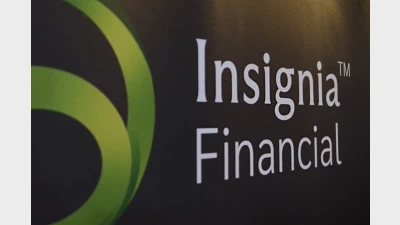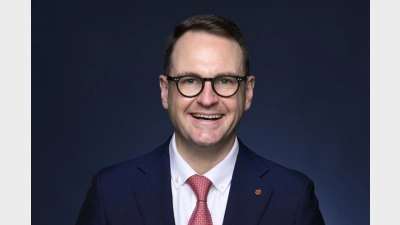Super industry holds lesson for post-GFC world


Superannuation returns can provide lessons for dealing with crises, with the sector’s performance since the Global Financial Crisis showing the importance of taking a long-term view even when problems such as the GFC hit, SuperRatings said.
Data from the research house showed that balances of $100,000 in a balanced superannuation option at the end of August 2008, just before the GFC hit, would have grown to $193,887 by now for members who stayed in that option. Those who panicked and swapped to capital stable options, however, would have far smaller balances now of $164,277.
Those in growth options would have seen even more growth, with that original $100,000 balance increasing to $201,209.
“The failure of Lehman Brothers ushered in a period of intense crisis for the global financial markets, including in Australia,” SuperRatings executive director, Kirby Rappell, said.
“We hoped then that the market crash would prove cyclical and that we would see a relatively quick recovery, but of course that did not happen.
“But even in the face of the Great Recession, Australia’s superannuation funds have shown us that taking a long-term view and sticking with your investment strategy pays off. Super funds held their nerve and refrained from making rash decisions, and members continue to reap the benefits. After 10 years the GFC looks more like a speed hump.”
The top-performing balanced fund over the decade following August 2008 was CareSuper’s balanced option, which returned 7.6 per cent pa. The next best were the Equip MyFuture Balanced Growth, HOSTPLUS Balanced, AustralianSuper Balanced, UniSuper Accum (1) Balanced, and Rest Core Strategy options, all delivering members growth of 7.5 per cent pa.
Recommended for you
Future Group is set to take on nearly $1 billion in funds under management (FUM) and welcome more than 100,000 new members following two significant successor fund transfers.
Insignia’s Master Trust business suffered a 1.9 per cent dip in FUA in the third quarter, amid total net outflows of $1.8 billion.
While the Liberal senator has accused super funds of locking everyday Australians out of the housing market, industry advocates say the Coalition’s policy would only push home ownership further out of reach.
Australia’s largest superannuation fund has confirmed all members who had funds stolen during the recent cyber fraud crime have been reimbursed.












